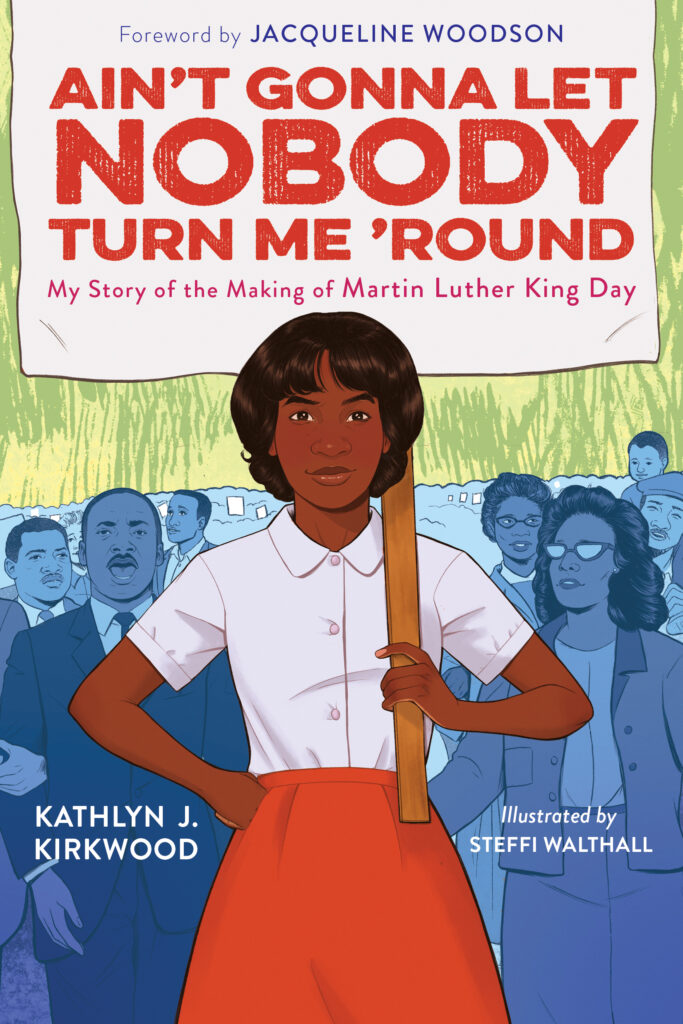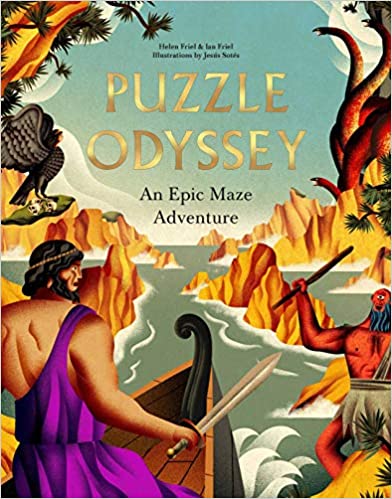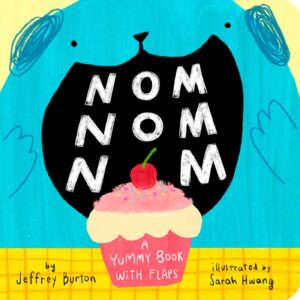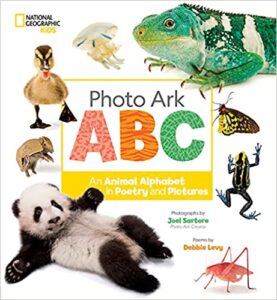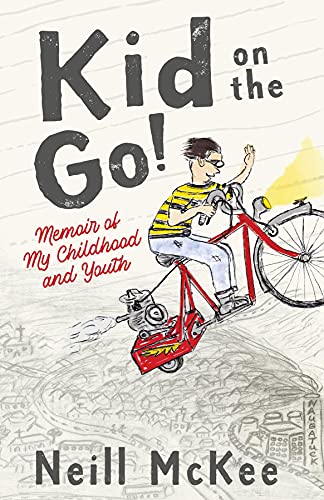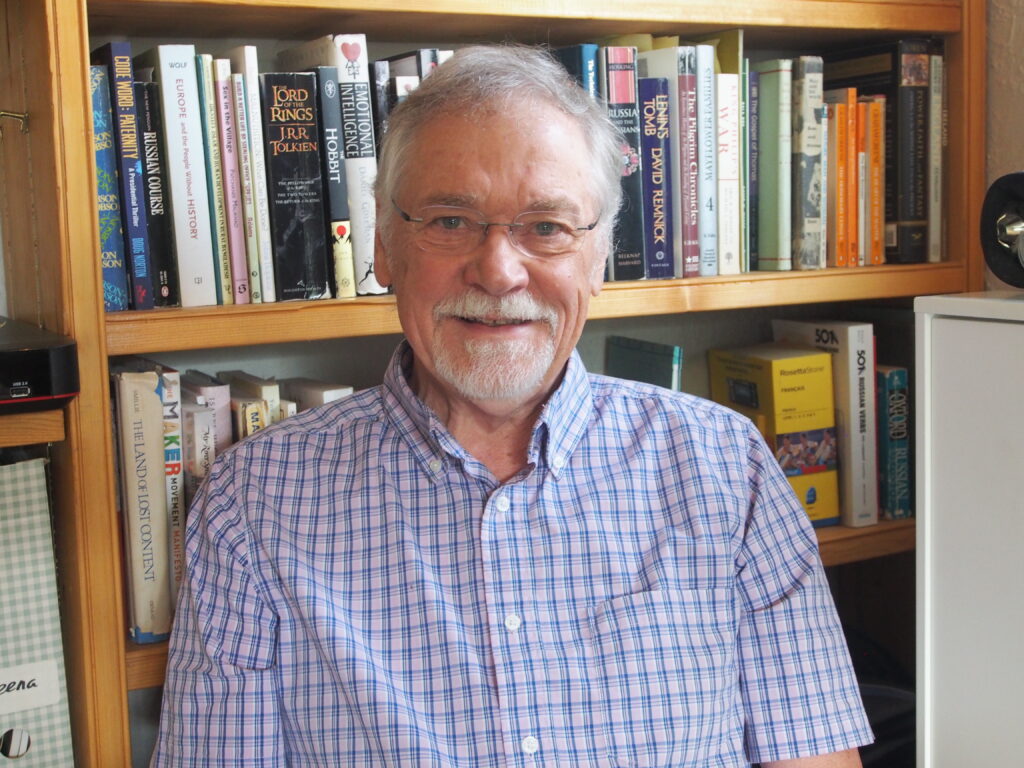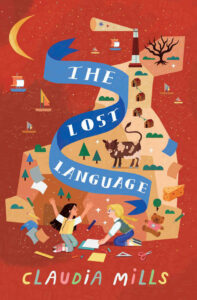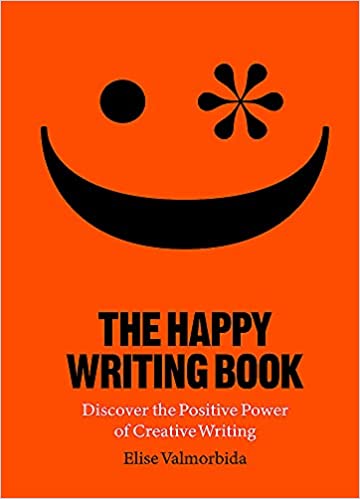What motivated you to take on the creation of a revised edition for The Year We Were Famous?
Helga and Clara Estby were family legends, and I did not want their story to die when the 2011 edition went out of print. Steven Chudney, my agent, got the rights back for me so I could publish the book as I originally envisioned it, with photos of the real Helga and Clara Estby and newspaper clippings which reinforced the point that these courageous transcontinental walkers were real women.
How has the process to publish the book on your own compared to your expectations?
I discovered that a lot goes into the publishing process that I had always taken for granted. I thought that once I had the book in Word document I was almost done. Nope! I was fascinated (and sometimes dismayed) to learn about all the detailed decisions and work that goes into interior book layout and cover design, right down to calculating spine width.
Any tips re elements of that process you can share with our readers to help better prepare those who might be considering taking on such a task themselves?
It’s called self-publishing, but although you are publishing without a traditional publisher, you will likely need help from other sources. For instance, you may need someone to design interior layout and cover, and to convert files to a format your printer can use. Since you don’t have a publisher’s marketing team behind you, you may need to hire a publicist to help spread the news about your work. From the time you get an ISBN number to the time you see your first sample copy of your printed book will take months, not weeks. It’ll also cost more than you expected. The reward, though, is seeing a book just the way you wanted it!
What’s different about the Revised Edition?
The revised edition adds the photographs I had always wanted to include in the original, traditionally published edition. Working with a talented graphic artist, Mary Senter, the new edition has a bolder cover with a photograph of my real-life main characters, Helga and Clara Estby, my great-grandmother and great-aunt. Interior photographs and newspaper clippings reinforce the fact that the book, though fiction, is about real women, who walked nearly four thousand miles in an era of corsets, high-topped shoes, and dust-dragging skirts and at a time when many people were scandalized that women would dare such a feat when their place was emphatically at home.
What was your deciding factor for what to include and what to exclude?
Most of my research never made it into The Year We Were Famous. I often spent weeks researching a chapter, then decided it didn’t develop the characters or add an essential element to the story arc and deleted it. My editor at Clarion/Houghton Mifflin Harcourt helped me pare two hundred pages from the original manuscript.
For instance, in researching famous characters of the day, such as Annie Oakley, and developing a day-by-day itinerary for Clara and Helga’s walk, I discovered that Clara and Helga would have been walking across Nebraska at the same time that Buffalo Bill’s Wild West Show’s train with Annie Oakley would have, at least momentarily, been in the same place at the same time as the Estbys. I spent weeks reading about Annie Oakley and drafting a scene of their meeting, but that chapter was one that was jettisoned. Ditto, scene with ‘Unsinkable’ Molly Brown, whose house in Denver was just a block or so away from where Clara and Helga stopped to get the governor’s signature. I toured her house, taking notes, and spent a couple weeks drafting a chapter in which Clara and Helga called on Molly Brown. Fascinating to imagine, but that visit was purely imagined and did not advance the overall plot, so that chapter also hit the round file.
Most of the paring took place in the first, 2011, edition of The Year We Were Famous, but I did delete yet one more chapter in the revised edition, one in which they crossed the Umatilla reservation. My calculations placed them spending a day crossing the reservation, but the chapter didn’t meet the criteria of advancing character development or plot, so I scrapped it.
Do you have favorite photos that are now included in this revised edition?
One of my favorites is the sketch of Clara and Helga that appeared in the New York World upon their arrival in New York City, depicting them both with drawn guns and daggers. I know they would have hated it, because, although it helped sell newspapers, they only used their pistol once, and the ‘dagger’ they carried was probably a pen knife used mostly for sharpening pencils or slicing an apple. The newspaper article completely ignored the fact that one of the goals of the walk was to support the suffrage movement. I like the sketch though, because it does show how brave and determined they were to walk across the country by themselves.
My other favorite is the photograph of Helga and Clara taken on the way home, in simple, possibly homemade dresses, still exhausted from the trip. The ‘after’ photograph is a stark contrast with the photograph taken before the trip, in formal black dresses with leg-o-mutton sleeves.
What unusual research methods did you use when writing the first edition?
Once I decided to write historical fiction and not nonfiction, I needed to write in the voice of a late Victorian young woman. To do that, I gave up reading contemporary books and for a year read only books Clara might have read, from classics for school to the dime novels that were passed from hand to hand among young people of the day.
Besides reading books, I pored over old maps to reconstruct a plausible day-by-day route for the walk. I went on eBay to bid on period postcards of places they passed through, which inspired details for several chapters. I tried baking in a wood stove, drove part of the route with my daughter, and stopped at a little museum in Rawlins, Wyoming, where I bought a pamphlet about a Victorian-era local woman doctor who became Clara’s ‘someone to talk to.’ Approaching the Internet like a treasure hunt, I hopped from clue to clue to research relevant trivia like the history of Underwood typewriters, or the elevation of the pass in the Blue Mountains.
How far did research take me? Getting into character, I bought replicas of high-topped shoes and Victorian satchel, and combed antique stores for a curling iron, wood and boar-bristle toothbrush, match safe, and other things Clara and Helga carried with them. I sewed a Gibson Girl blouse and authentically-styled under-drawers. I’ll wear the shoes and blouse for presentations but don’t ask me to model the drawers!
Ninety-nine percent of my research never makes it to the book in a way that is obvious to the reader, but it helps draw me into that other world. Besides, it’s fun!
When and how did you first make the decision to write this book which originally published in 2011?
I grew up with whispers about the heroic trek Great-Grandmother Helga and her daughter, my Great-Aunt Clara, had made back in 1896. What they’d done wasn’t widely talked about because it had been considered a scandal back in 1896: they’d left the rest of the family, including Clara’s seven younger brothers and sisters, back home in Mica Creek, Washington, to walk clear across the country to New York City on a $10,000 wager that would have saved the family’s farm.
I didn’t discover details about the walk until I was grown, when two articles from Minneapolis newspapers which had been salvaged from a burn barrel started circulating among family members. When I found out that Clara and her mother had walked for 232 days, from 25-50 miles a day, surviving flash flood, blizzards, assailants, days without food or water, and meeting the whole range of 1890s society from bands of Indians to president-elect McKinley, I knew this was a story that had to be told. When I found out that the journals which Clara and Helga had intended to turn into a book had been destroyed, I vowed that someday I would tell their story for them. I became obsessed with reconstructing the book they never wrote.
How did your family react to the book? Were they positive or did some have reservations?
Before the final rounds of edits, I sent copies of my manuscript to two of my cousins and my sisters to see if there was anything they were uneasy about. They all seemed happy to have their ancestors’ heroic feat made better known, especially after Helga and Clara’s notes were burned and they did not have the chance to tell the story themselves. Several of the cousins celebrated the first edition of the book with me in Spokane at Auntie’s Bookstore.
Why did you decide to write the book as fiction instead of nonfiction?
By writing to librarians across the country and scrolling though microfilmed newspaper collections at the University of Washington, I collected a dozen newspaper articles about the walk. There articles weren’t as helpful as I’d hoped, though they often contradicted each other in details, and descriptions of their adventures were tantalizingly brief. Being lost for three days in the Snake River Lava fields, showing a band of Ute Indians how to use a curling iron, or shooting an assailant just rated one sentence in newspaper accounts.
If I wanted to tell readers what it would have been like to walk those 232 days, I’d have to expand those one-liners into fully developed scenes, and the nonfiction book I had intended to write would have to be historical fiction. I expanded research beyond newspaper articles to circumstances related to the walk, biographies of William McKinley and William Jennings Bryan, who were running for president that year, rattlesnakes and early days of railroading, eating habits of cougars, and frontier treatments for blisters. I must have read about six million words of background material, including reading only what Clara might have read for a whole year, from classics to dime novels.
Clara and Helga were harder to work with than my made-up people because I was reluctant to ascribe words and thoughts to real people who weren’t alive to tell me I was full of hooey. I finally concluded that although I was using their real names, by the boldness of their forward-thinking action, they were more than Clara and Helga Estby. They were prototypes of the emerging New Woman of the late 1890s, on the leading edge of social change, daring to do what men –and most women—thought was impossible. By being so heroic, they surrendered themselves to the mythmakers, and I became one of them in The Year We Were Famous.
Why did you write The Year We Were Famous from Clara’s point of view?
The focus in family lore had always been on Great-Grandmother Helga. Her cartes de visite that she passed out along the way read “H. Estby and daughter, pedestrians, Spokane to New York.” I was miffed on Clara’s behalf. She had matched her mother step for step and didn’t even get her name on the cards? I decided it was time to give Clara a voice.
How do you research the heart of someone you barely knew? In 1950, the last time I saw Great-Aunt Clara, she was in the hospital dying of cancer. To imagine what she might have been like in her late teens, I immersed myself in 1896. For a year, I gave up reading all contemporary novels and read only what Clara might have read for school or for fun. The dime novels I downloaded from the Internet influenced the style my version of Clara used to tell her brothers about shooting a man in Oregon and meeting a band of Ute Indians.
How long did it take you to create the original edition, and what was your process for getting it published by Clarion/HMH?
Once I knew I wanted to write a book about Clara and Helga, I started taking classes and joined the Society of Children’s Book Writers and Illustrators so I could attend their conferences and workshops. I filled bankers’ boxes and filing drawers with research material and filled piles of composition books with drafts and doodles.
Starting in 1995, I also started collecting rejection slips, twenty-nine in all. I accepted rejections as a way of telling me I had more to learn. Between rejections I took more classes and workshops, experimented with nonfiction and fiction, different points of view, starting points, focus, and voice. I must have rewritten the book at least twenty times.
I’d probably still be throwing manuscripts over the transom if it hadn’t been for the Society of Children’s Book Writers and Illustrators’ Sue Alexander Award for most promising new manuscript in 2006. That award brought me to the attention of publishers, and I finally signed a contract with Clarion/Houghton Mifflin Harcourt, which, in the last eleven years, had rejected my manuscript twice before.
The first edition of the book came out in 2011, the year I turned sixty-seven years old.
What would you recommend other authors to consider before taking that first step to publish their own work?
Hire a professional editor or enlist other members of a critique group to read your manuscript. Sometimes, what is clearly in your head doesn’t make it to the page, and you need fresh eyes to catch gaps in the plot or action. They can also offer feedback on what is working/not working.
If you’re not a techno-whiz and graphic artist, hire professionals to format your manuscript and create a book you’ll be proud of. I wasted time trying to learn to use a book formatting software because I kept running into situations that didn’t fit the standard model and I couldn’t figure out a work-around.
Wait until your manuscript is almost ready to print before hiring a proofreader. I made many tweaks between the time I thought I was done and the final.
Familiarize or reacquaint yourself with the review and edit functions of WORD. It had been many years since I had used it, and when the proofreader’s comments came back on Edit, I goofed up, lost sections, and had to retype. I ended up creating more bloopers to correct than I started with. Also – don’t be afraid to disagree (after some thought) with your proofreader. At first, I blindly OK’d every comment she made and ended up going back and undoing many of the suggested changes. Only you know what you mean.
Run through your calculations carefully when pricing your book. If you don’t allow for the fact that traditional outlets, like bookstores and libraries, expect a 50-55% discount off list price, every sale could cost you money if you don’t factor in the discount.
Accept the fact that, like in building a house, the process will take longer, especially in this time of Covid, and cost more than you expected.


